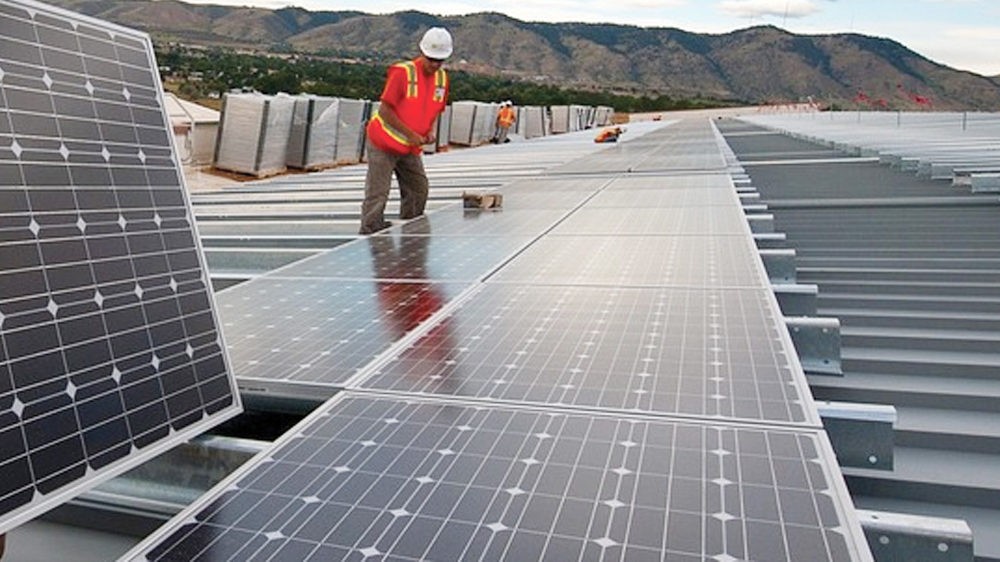Solar safeguard duty: The most sought-after
By EPR Magazine Editorial August 7, 2018 3:58 pm IST
By EPR Magazine Editorial August 7, 2018 3:58 pm IST

Nowadays, safeguard duty is considered to be the most highlighted topic for the Indian solar industry. Recently, the Directorate General of Trade Remedies (DGTR) had recommended a 25 per cent safeguard duty on solar cell and PV module imports from China and Malaysia for the first year, followed by a phased down approach for a second year. In the first six months of the second year, a safeguard duty of 20 per cent will be payable by exporters to India and in the latter half of the second year, exporters will pay a safeguard duty of 15 per cent. Different exponents have different opinions and without interfering with those, let us understand what solar safeguard duty is all about.
As per DG Safeguard, “A safeguard is a form of temporary relief. They are used when imports of a particular product, as a result of tariff concessions or other WTO obligations undertaken by the importing country, increase unexpectedly to a point that they cause or threaten to cause serious injury to domestic producers of ‘like or directly competitive products’ “.
Safeguards give domestic producers a period of grace to become more competitive in relation to imports. If this happens, the government of the importing country may suspend the concession or obligation, but will be expected to provide compensation by offering some other concession. Otherwise, the affected WTO member(s) can retaliate by withdrawing equivalent concessions. Industries or companies often request safeguard action by their governments. Safeguards usually take the form of increased duties to higher than bound rate or standard rates or quantitative restrictions on imports. Here, it is to be noted that under Section 8B of Customs Tariff Act 1975, Central Government has been given power to impose safeguard duty.
Now, let us try to understand the history and purpose of safeguard duty. The origin of this trade remedy lie in Article XIX of GATT, 1994 (and its pre-WTO version). This provision allows a WTO member to restrict temporarily imports of a product, which is known as ‘safeguards’ action, if its domestic industry is affected by a surge in imports.
Key finding of the DGTRWhether it has positive or negative impact, everyone has his/her own perspective of viewing the safeguard duty. As an Indian manufacturer, Sova Solar is determined to do business on Indian soil and also expect the Indian government and MNRE to come up with policies and decisions that would be beneficial for the Indian manufactures.
We use cookies to personalize your experience. By continuing to visit this website you agree to our Terms & Conditions, Privacy Policy and Cookie Policy.